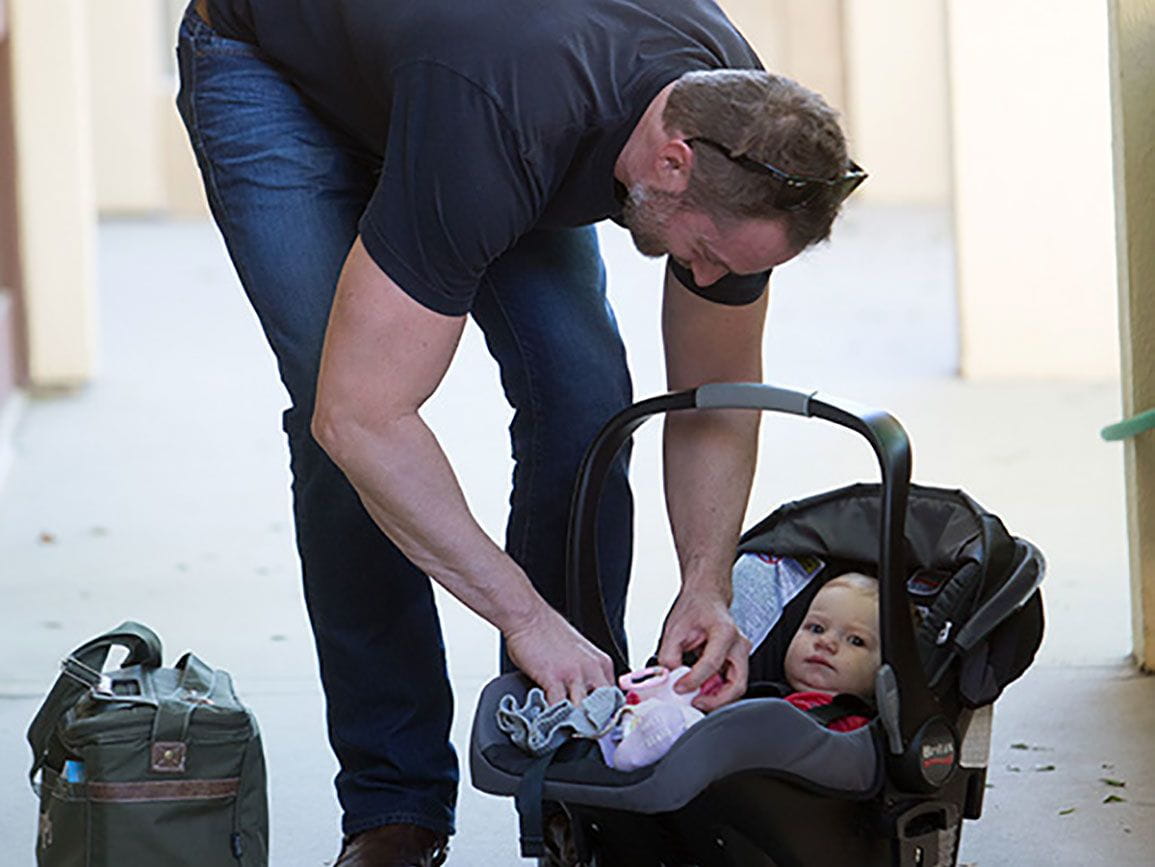This activity promotes development and learning by encouraging children to observe changes in food over time, ask questions, and make predictions. As children notice the variability in the yeast when combined with other ingredients, they must think critically about what caused those changes.
Materials Needed:
- Active, dry yeast
- Sugar
- Three bowls
Participants: This activity is intended for adult/child interaction.
Directions:
- Show your child the yeast; examine and smell it. Tell your child that yeast is an ingredient used in making bread.
- Place 1 tablespoon of yeast in the first bowl. Add 2 tablespoons of sugar and ½ cup warm water. Stir the mixture gently and set it aside.
- Repeat the process in the second bowl, but add cold water instead of warm water.
- Repeat the process in the third bowl, but omit the sugar.
- Watch the three bowls carefully. Ask your child to describe what is happening in each bowl and record their comments. What does the yeast smell like now? What does it look like? Why is it bubbling? Is one bowl bubbling more than the others? Why might that be?
Learn More - Try making a simple yeast dough, such as pizza dough, to see yeast’s effect on bread. Try making a loaf with yeast and a loaf without. Compare the differences.





